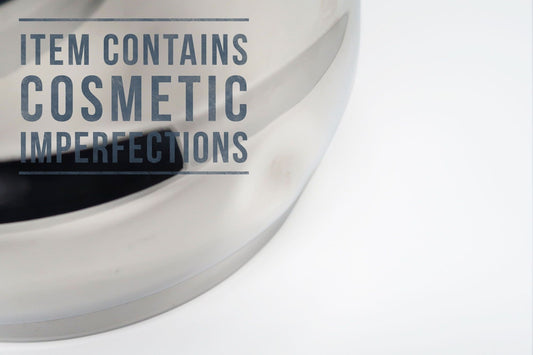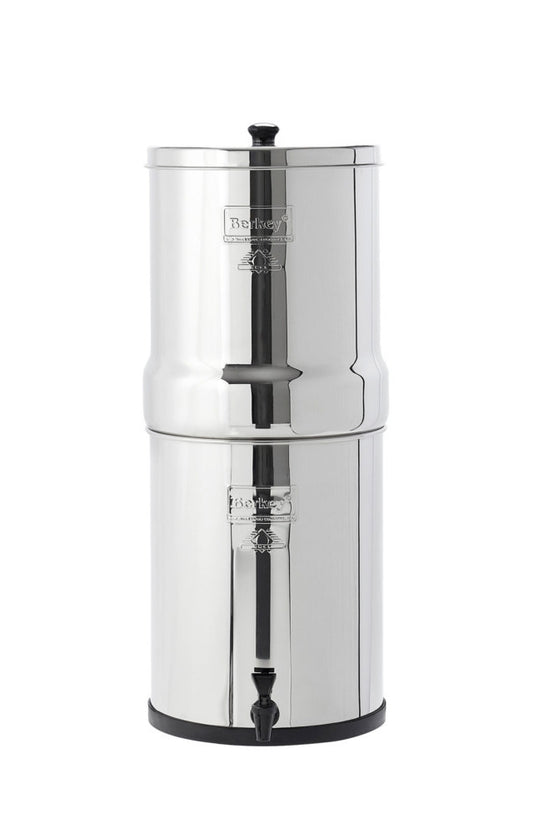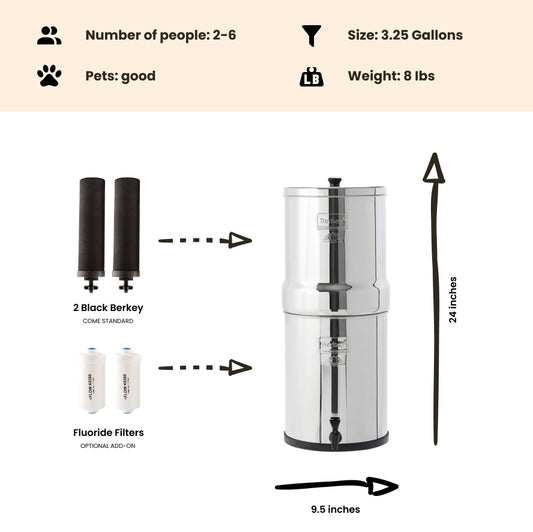
Drinking Water of 6 Million US Citizens Contaminated with Toxic Chemicals
By Dan DeBaunShare
Unsafe levels of toxic chemicals widely used in industry have been found in drinking water supplies serving six million Americans.
A recent study conducted by Harvard scientists, published in the scientific journal Environmental Science & Technology Letters, has revealed that fluorinated compounds — perfluoroalkyl and polyfluoroalkyl (PFASs) — industrial chemicals that pose a health risk, including an increased risk of cancer, occur at elevated levels in public drinking water systems across the country.
"For many years, chemicals with unknown toxicities, such as PFASs, were allowed to be used and released to the environment, and we now have to face the severe consequences," said lead author Xindi Hu, a doctoral student in the Department of Environmental Health at Harvard Chan School and Environmental Science and Engineering at SEAS. "In addition, the actual number of people exposed may be even higher than our study found, because government data for levels of these compounds in drinking water is lacking for almost a third of the U.S. population--about 100 million people."
PFAS compounds have been widely used in both commercial and industrial products, including fire-fighting foam and everyday products such as clothing, food wrappers and pots and pans. Some of the health risks associated with PFASs include hormone disruption, obesity, high cholesterol and cancer. Yet while some manufacturers have opted to discontinue their use due to the safety risks they pose, these carcinogenic chemicals are still found in wildlife and people, with drinking water being a key source of exposure.
For the study, the research team analyzed water quality data collected by the EPA between 2013 to 2015 for public water supplies across the country to determine the concentrations of PFASs — in total, over 36,000 water samples were assessed. They also examined industrial sites where PFASs are manufactured; sites where fire-fighting training is conducted or where fire extinguishing foam is routinely used, such as military training sites and airports; as well as wastewater treatment facilities where discharged water could potentially contaminate groundwater, as standard wastewater treatment methods are not able to remove PFASs during the treatment process. Wastewater sludge used on crops as fertilizer could also present another source of groundwater contamination by PFASs.
The study revealed that in 194 of the 4,864 water supplies tested, PFAS toxins occurred at concentrations equal to or greater than the EPA's minimum reporting level requirements, with drinking water supplies from 13 states representing 75% of the observations, including drinking water from the following states (listed in order of frequency of occurence): California, New Jersey, North Carolina, Alabama, Florida, Pennsylvania, Ohio, New York, Georgia, Minnesota, Arizona, Massachusetts, and Illinois.
According to the study, 66 of the public water supply systems examined, providing drinking water to six million Americans, contained at least one water sample that exhibited PFASs at levels equal to or higher than the EPA safety standard of 70 parts per trillion (ng/L) for two types of PFASs, perfluorooctanoic acid and perfluorooctanesulfonic acid, with concentrations as high as 349 ng/L for the former being observed in Warminster, PA, and 1,800 ng/L for the latter being observed in Newark, DE.
Watersheds situated close to wastewater treatment facilities, military bases, and industrial sites — all sites where these compounds are typically found — had the highest concentrations of PFASs.
According to co-author, Elsie Sunderland, an associate professor at Harvard, these chemicals are 'potent immunotoxicants in children' with recent studies suggesting that their safety standards for drinking water should be at levels much lower than those currently set by the EPA.
Health Implications of Exposure to PFASs
In another Harvard study led by Philippe Grandjean, a co-author of this paper, the health implications of exposure to PFASs are discussed. The study, which was recently published in Environmental Health Perspectives, suggests that exposure to PFASs in early childhood can impair immune functioning and reduce the efficacy of vaccinating children against diseases such as tetanus and diphtheria.
PFAS's fall under the category of PFC's - Perfluorinated Chemicals. PFOA, PFOS, etc. The Black Berkey elements that come standard with our Berkey systems do reduce these contaminates, to an Extreme Degree (in parts per trillion). Berkey water filter PFOA test results can be found here.
Journal References
Xindi C. Hu, David Q. Andrews, Andrew B. Lindstrom, Thomas A. Bruton, Laurel A. Schaider, Philippe Grandjean, Rainer Lohmann, Courtney C. Carignan, Arlene Blum, Simona A. Balan, Christopher P. Higgins, and Elsie M. Sunderland. Detection of Poly- and Perfluoroalkyl Substances (PFASs) in U.S. Drinking Water Linked to Industrial Sites, Military Fire Training Areas, and Wastewater Treatment Plants. Environmental Science & Technology Letters, online August 9, 2016, doi: 10.1021/acs.estlett.6b00260
Philippe Grandjean, Carsten Heilmann, Pal Weihe, Flemming Nielsen, Ulla B. Mogensen, and Esben Budtz-Jørgensen. Serum Vaccine Antibody Concentrations in Adolescents Exposed to Perfluorinated Compounds. Environmental Health Perspectives, online August 9, 2016, doi: 10.1289/EHP275
-
Regular price From $302.00 USDRegular priceUnit price / per
-
Regular price $234.00 USDRegular priceUnit price / per
-
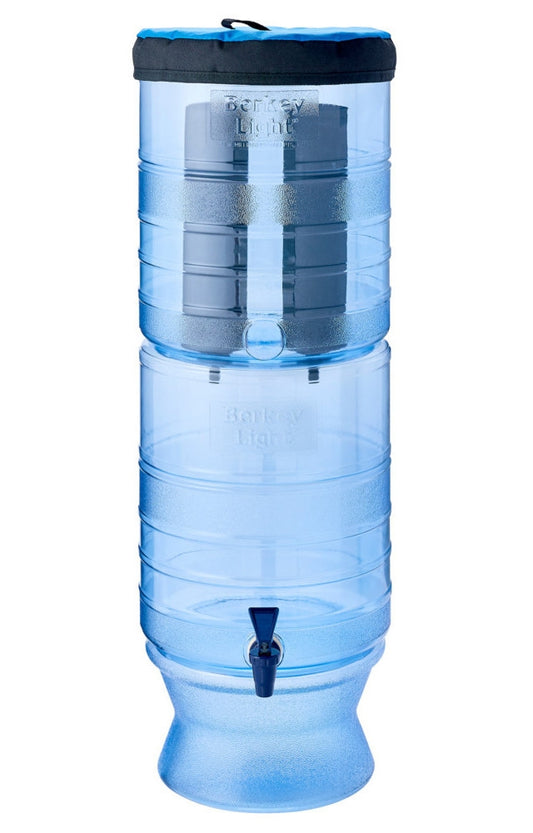
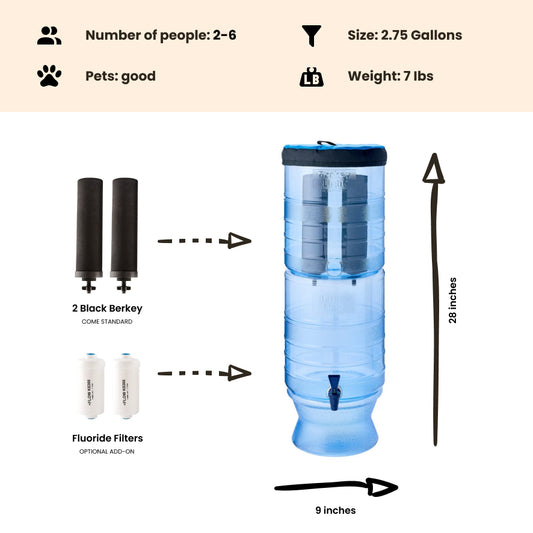 Sold outRegular price From $305.00 USDRegular priceUnit price / per
Sold outRegular price From $305.00 USDRegular priceUnit price / per -
Regular price $327.00 USDRegular priceUnit price / per
-
Regular price From $367.00 USDRegular priceUnit price / per
-
Regular price From $408.00 USDRegular priceUnit price / per
-
Regular price From $451.00 USDRegular priceUnit price / per

Dan DeBaun
Dan DeBaun is the owner and operator of Big Berkey Water Filters. Prior to Berkey, Dan was an asset manager for a major telecommunications company. He graduated from Rutgers with an undergraduate degree in industrial engineering, followed by an MBA in finance from Rutgers as well. Dan enjoys biohacking, exercising, meditation, beach life, and spending time with family and friends.
~ The Owner of Big Berkey Water Filters



